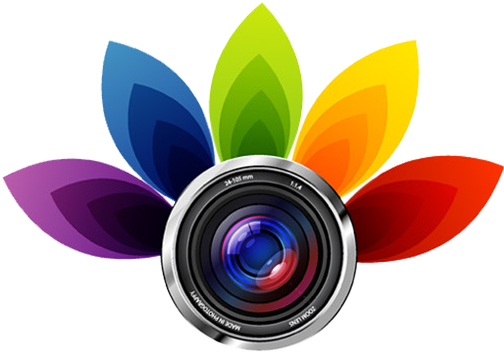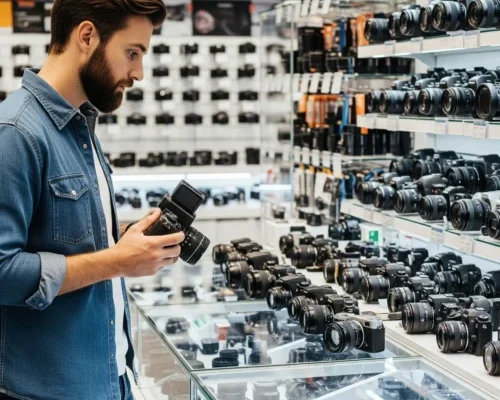Finding your dream camera can be tricky with so many models and features out there…
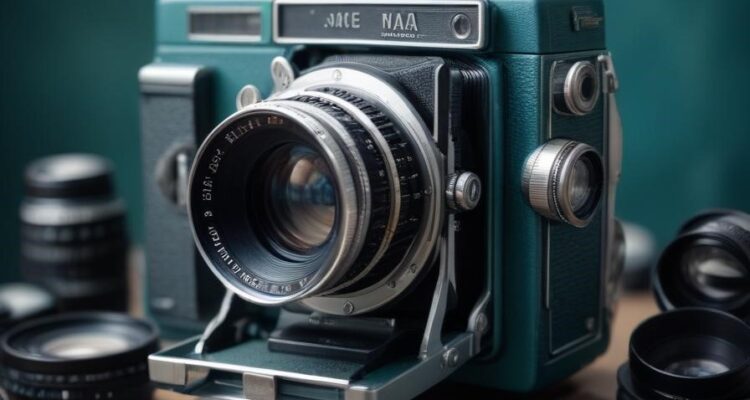
Top 11 Gear and Lenses for Architecture Photography
Top 11 Gear and Lenses for Architecture Photography
Ready to elevate your photography? Join us as we guide you in mastering architecture photography with tips, gear, and techniques! Discover the important techniques, gear and lenses, to capture stunning architecture shots. Grab your camera and let’s dive in!
Get Ready to Build Your Photography Skills
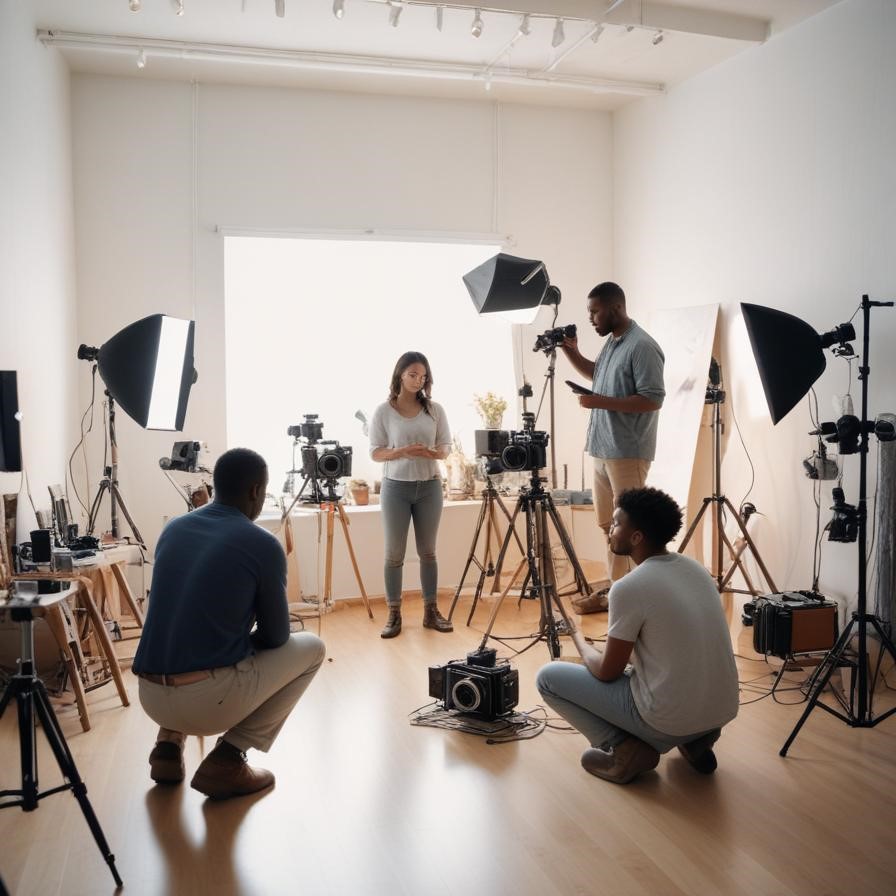 Before exploring gear and lenses, let’s cover the basics of photography to build a strong foundation for stunning shots. Learn to master lighting, composition, and camera settings for amazing architecture photos. Practice and learn through courses or workshops to enhance your architecture photography skills and achieve amazing results!
Before exploring gear and lenses, let’s cover the basics of photography to build a strong foundation for stunning shots. Learn to master lighting, composition, and camera settings for amazing architecture photos. Practice and learn through courses or workshops to enhance your architecture photography skills and achieve amazing results!
To improve your photography skills, try different angles and perspectives. This will enhance your architecture photography and help you capture unique shots! Get low, get high, and get creative! Take risks and experiment with new angles to make your architecture photos stand out! After all, The best architecture shots often challenge the viewer’s perspective. Experiment and capture unique angles to make your photos stand out! Share your work and seek feedback to refine your skills and grow as a photographer!
As you continue to build your skills, remember to stay curious and keep learning. Architecture photography is always evolving, with new techniques and technologies to explore and enhance your skills. Keep your skills sharp by staying up-to-date with the latest trends and best practices in architecture photography.
Camera Bodies for Architecture Photography
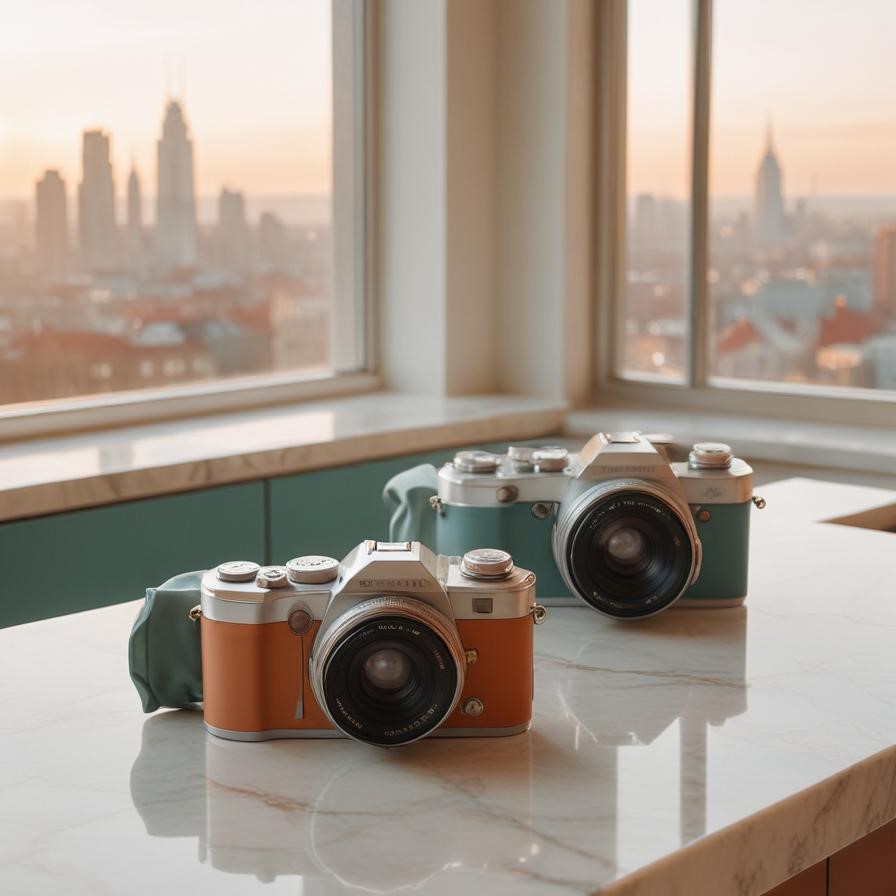 When it comes to architecture photography, you need a camera body that can meet its demands. Choose a camera with a full-frame sensor for better image quality and more editing flexibility. Choose a camera with strong low-light performance, as architecture shots often need to be taken in low-light conditions.
When it comes to architecture photography, you need a camera body that can meet its demands. Choose a camera with a full-frame sensor for better image quality and more editing flexibility. Choose a camera with strong low-light performance, as architecture shots often need to be taken in low-light conditions.
When selecting a camera body, consider the type of architecture you’ll be shooting. If you’re shooting modern buildings, you may need a camera with high ISO performance. If you’re shooting older buildings, you may need a camera with better dynamic range. Ultimately, the best camera body for architecture photography is one that meets your specific needs and preferences.
Along with camera bodies, you will need some important accessories. These include a camera bag, memory cards, and a spare battery. These may seem like minor details, but they can make a big difference in the quality of your shots.
When it comes to camera bodies, there are many great options on the market. From Canon to Nikon, Sony to Fujifilm, each brand has its own unique strengths and weaknesses. Research camera bodies and read reviews to find the best option for your needs and budget.
A Guide to Picking Perfect Glass
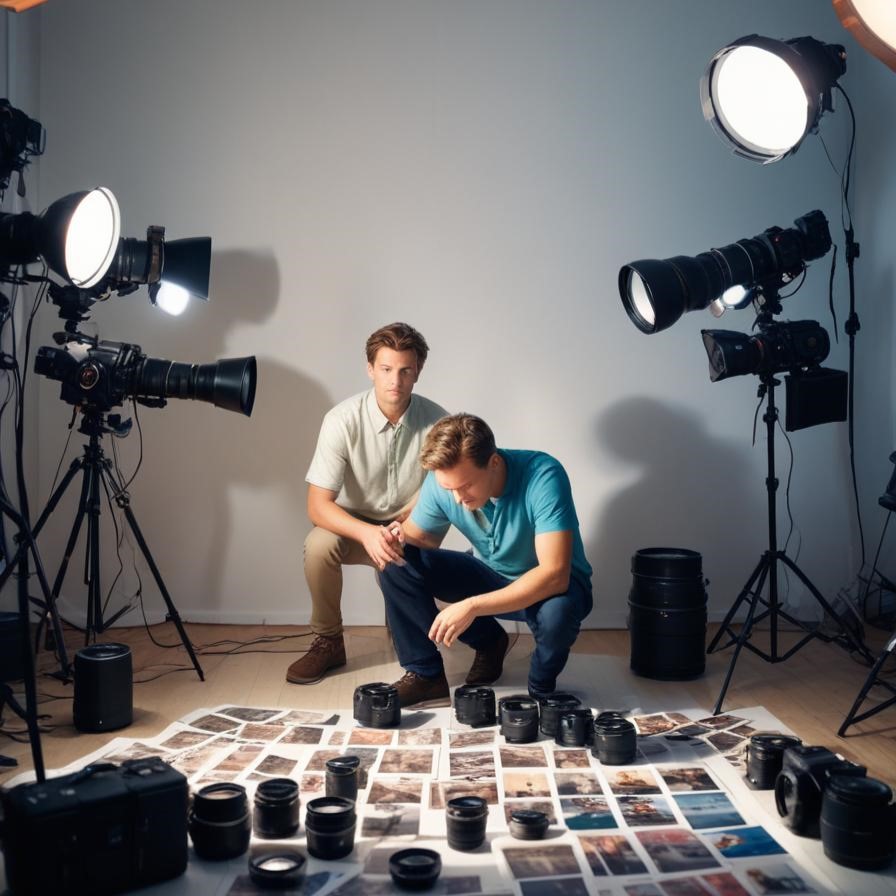 When it comes to lenses for architecture photography, there are many great options to choose from. In this section, We’ll look at the different types of lenses and their best uses. Whether you need a wide-angle or telephoto lens, we’ll help you choose the best one for your needs.
When it comes to lenses for architecture photography, there are many great options to choose from. In this section, We’ll look at the different types of lenses and their best uses. Whether you need a wide-angle or telephoto lens, we’ll help you choose the best one for your needs.
When selecting a lens, consider the type of architecture you’ll be shooting. If you’re shooting wide, sweeping vistas, you’ll need a wide-angle lens. If you’re shooting tight, detailed shots, you’ll need a telephoto lens. If you’re shooting a mix of both, you may need a lens with a flexible focal length range.
In addition to focal length, consider the aperture and image quality of the lens. A good architecture lens should have a wide aperture (like f/2.8 or lower) to allow for more light and better bokeh. It should also have excellent image quality, with minimal distortion and chromatic aberration.
When it comes to lenses, there are many great options on the market. from budget-friendly lenses like the Sigma 10-20mm f/3.5 to premium choices like the Zeiss 21mm f/2.8, there’s a lens out there for everyone.
Don’t be afraid to try out different lenses and see what works best for you. You may be surprised at how different a lens can change the look and feel of your shots.
Why You Need a Good Prime Lens
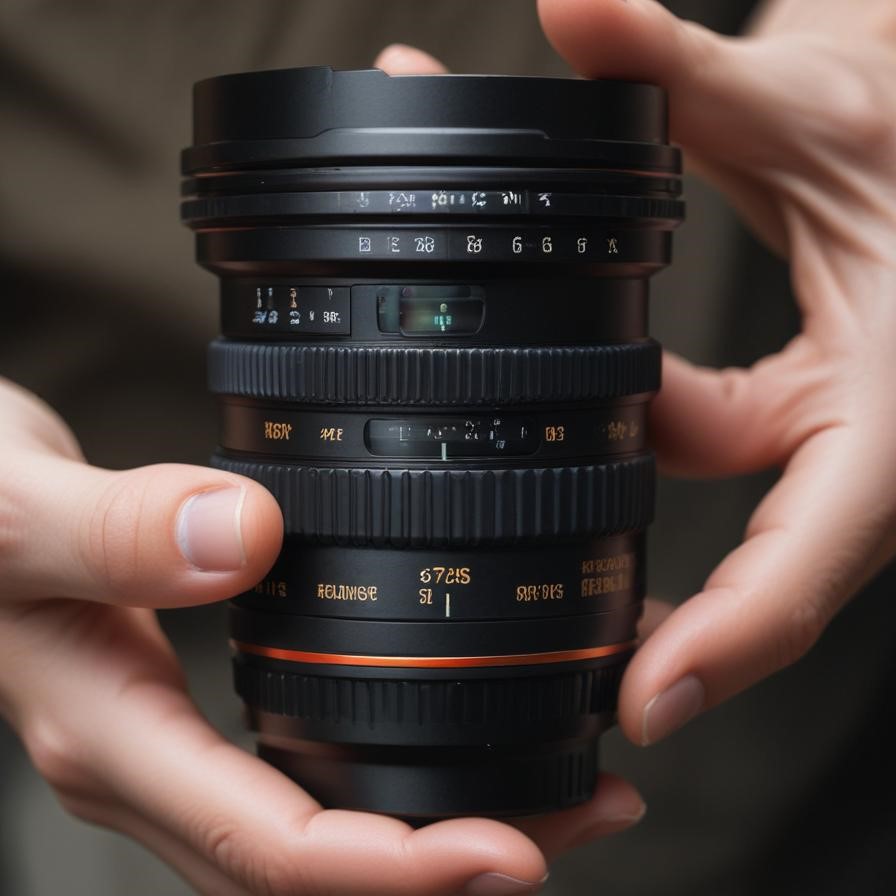 Prime lenses are important for elevating architecture photography. With wide apertures and great image quality, prime lenses are ideal for capturing sharp shots in any lighting. In this section, We’ll explain why a good prime lens is crucial and how to use it to enhance your photography.
Prime lenses are important for elevating architecture photography. With wide apertures and great image quality, prime lenses are ideal for capturing sharp shots in any lighting. In this section, We’ll explain why a good prime lens is crucial and how to use it to enhance your photography.
One of the main benefits of prime lenses is their wide aperture. With an aperture of f/2.8 or lower, you’ll be able to capture more light and create a shallower depth of field. This is very helpful for taking close-up shots of buildings. It allows you to separate the subject from the background.
Prime lenses are also known for their excellent image quality. With minimal distortion and chromatic aberration, they’re perfect for capturing high-quality shots of architecture. They’re also often more affordable than zoom lenses, making them a great option for budget-conscious photographers.
When using a prime lens, remember to experiment with different angles and perspectives. With a fixed focal length, you’ll need to get creative with your composition to capture the shot. Don’t be afraid to get low, climb high, or try unusual angles.
In addition to their technical benefits, prime lenses can also add a level of creativity to your photography. With a fixed focal length, you’ll need to think more carefully about your composition, which can help you develop your artistic eye.
Capturing the Grand Scale
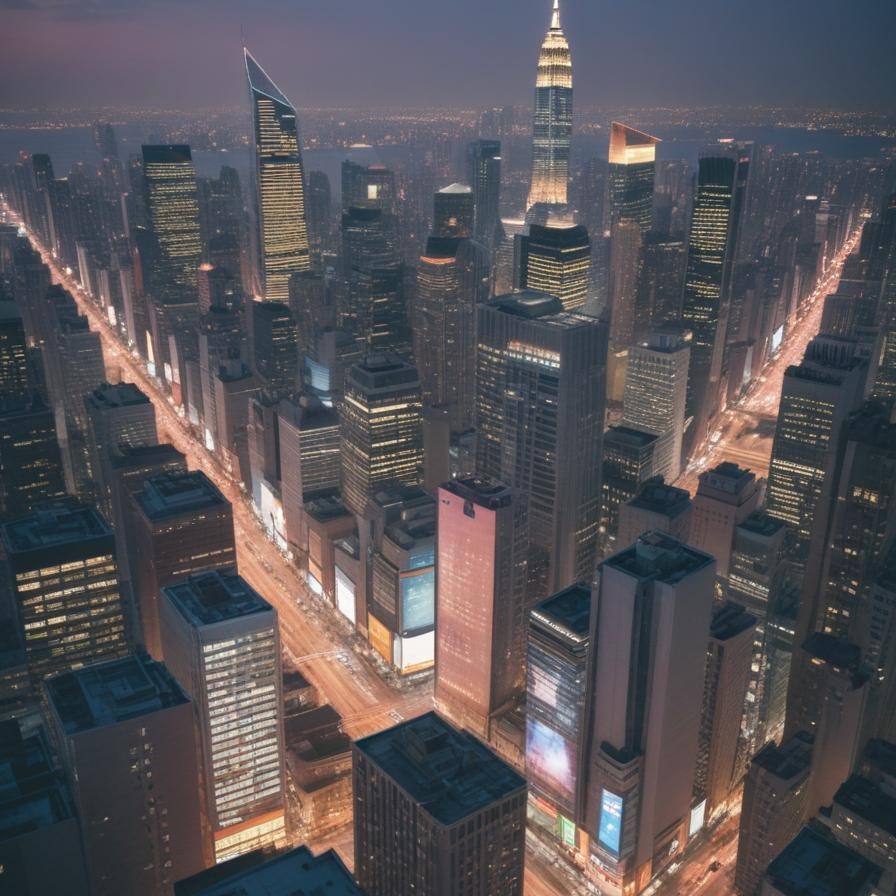 Wide-angle lenses are a staple of architecture photography. With their wide focal lengths, they’re perfect for capturing grand, sweeping vistas of buildings and cities. In this section, we’ll explore the benefits of wide-angle lenses and how to use them to your advantage.
Wide-angle lenses are a staple of architecture photography. With their wide focal lengths, they’re perfect for capturing grand, sweeping vistas of buildings and cities. In this section, we’ll explore the benefits of wide-angle lenses and how to use them to your advantage.
One of the main benefits of wide-angle lenses is their ability to capture grand, sweeping vistas. With a focal length of 10-20mm, you’ll be able to capture the grand scale of architecture and create a sense of depth and perspective. Wide-angle lenses are great for taking pictures of cityscapes. They can capture many buildings and details in one shot.
Wide-angle lenses are also great for capturing unique angles and perspectives. With a wide field of view, you can take pictures from different angles. You can look up at a building or down at a street. This can add a level of creativity and uniqueness to your shots.
When using a wide-angle lens, remember to pay attention to your composition. With a wide field of view, you’ll need to be careful about what’s included in the shot. Try to include interesting architectural details, like arches or columns, to add depth and interest to your shot.
In addition to their technical benefits, wide-angle lenses can also add a sense of drama and grandeur to your shots. With their ability to capture grand, sweeping vistas, they’re perfect for creating dramatic, awe-inspiring shots of architecture.
Zooming In on the Details
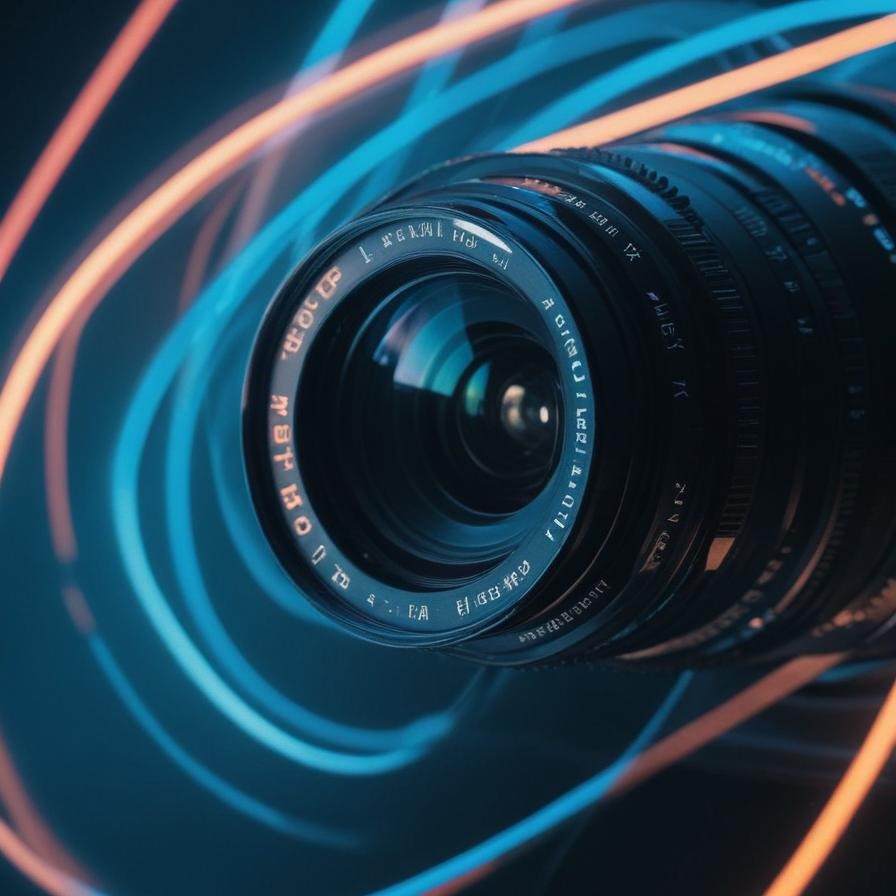 Telephoto lenses are a good choice for architecture photography. They help you take close, detailed shots of buildings. In this section, we’ll explore the benefits of telephoto lenses and how to use them to your advantage.
Telephoto lenses are a good choice for architecture photography. They help you take close, detailed shots of buildings. In this section, we’ll explore the benefits of telephoto lenses and how to use them to your advantage.
One of the main benefits of telephoto lenses is their ability to capture tight, detailed shots of architecture. With a focal length of 70-200mm, you’ll be able to capture detailed shots of architectural details, like carvings or moldings. Telephoto lenses are great for taking pictures of people and scenes. They can compress perspective and create depth.
Telephoto lenses are also known for their ability to isolate the subject from the background. With a narrow field of view, you’ll be able to create a shallow depth of field, separating the subject from the background. This is very helpful for taking close-up shots of buildings. It allows you to separate the subject from the background.
When using a telephoto lens, remember to pay attention to your composition. With a narrow field of view, you’ll need to be careful about what’s included in the shot. Try to include interesting architectural details, like arches or columns, to add depth and interest to your shot.
Telephoto lenses offer technical benefits. They can also bring intimacy and detail to your photos. They can take close, detailed photos of buildings. This makes them great for showing architectural details clearly.
Mastering the Shot
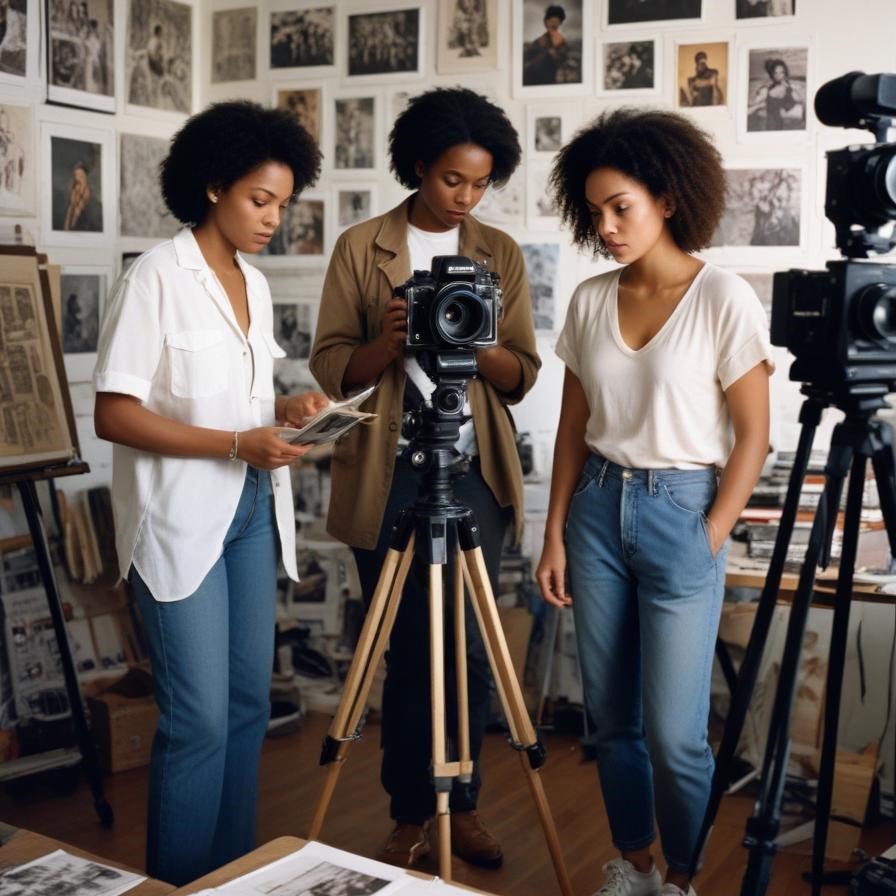 Composition is a important aspect of architecture photography. With the right composition, you can create a shot that’s visually appealing and engaging. In this section, we’ll explore the art of composition and how to master the shot.
Composition is a important aspect of architecture photography. With the right composition, you can create a shot that’s visually appealing and engaging. In this section, we’ll explore the art of composition and how to master the shot.
One of the main keys to composition is simplicity. When shooting architecture, try to keep the composition simple and uncluttered. Avoid including too many distractions, like people or cars, and focus on the architecture itself.
Another key element of composition is perspective. When photographing buildings, use leading lines and frames. These compositional elements help create depth and perspective. This can help create a sense of grandeur and scale, drawing the viewer’s eye to the subject.
When shooting architecture, also pay attention to the background. Avoid including distractions, like power lines or buildings, and instead focus on the architecture itself. Try to create a clean, uncluttered background that allows the subject to stand out.
In addition to these technical considerations, also pay attention to the artistic aspects of composition. Think about the mood and atmosphere you want to create, and use composition to convey that. For example, if you are photographing a modern building, use a bold composition. This will help show its modern and dynamic feel.
Understanding Natural Light
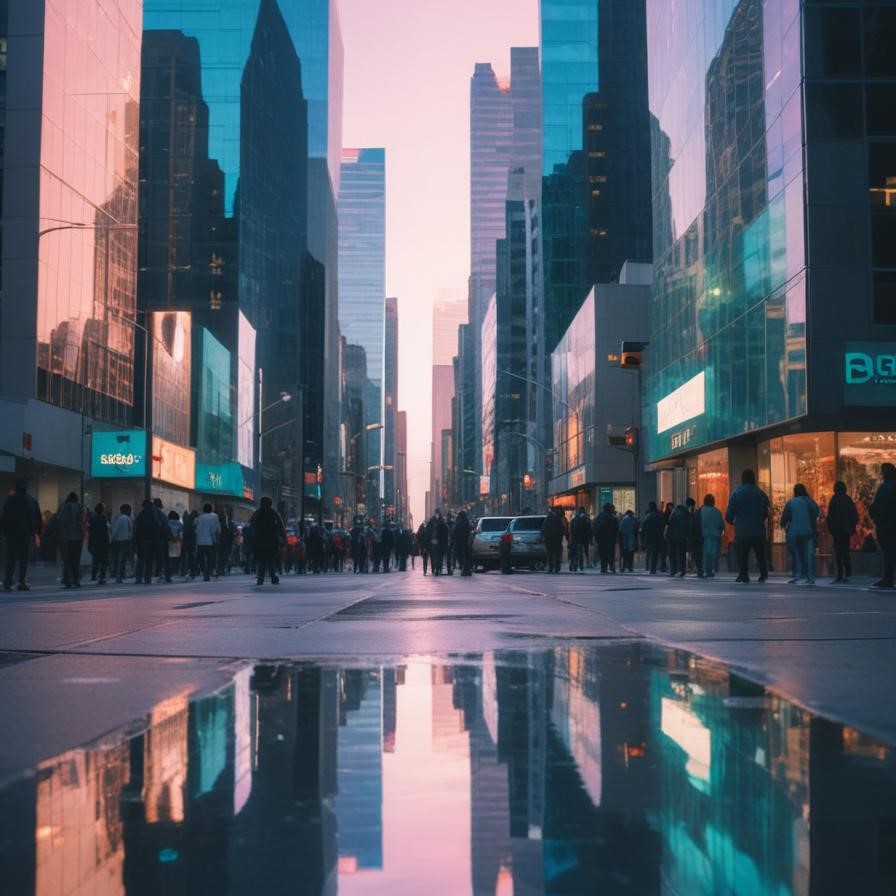 Natural light is one of the most powerful tools in photography, shaping mood, depth, and texture in your images. Understanding how to use it effectively can transform your photos, whether you’re capturing landscapes, portraits, or architecture. From the soft, diffused light during golden hour to the harsh midday sun, each type of natural light brings its own unique qualities. By learning to watch and adjust to changing light, photographers can improve their pictures and make them more eye-catching. Whether indoors or outdoors, mastering natural light is essential for capturing stunning, authentic photographs.
Natural light is one of the most powerful tools in photography, shaping mood, depth, and texture in your images. Understanding how to use it effectively can transform your photos, whether you’re capturing landscapes, portraits, or architecture. From the soft, diffused light during golden hour to the harsh midday sun, each type of natural light brings its own unique qualities. By learning to watch and adjust to changing light, photographers can improve their pictures and make them more eye-catching. Whether indoors or outdoors, mastering natural light is essential for capturing stunning, authentic photographs.
Read Next: Capture Stunning Architecture Like a Pro
